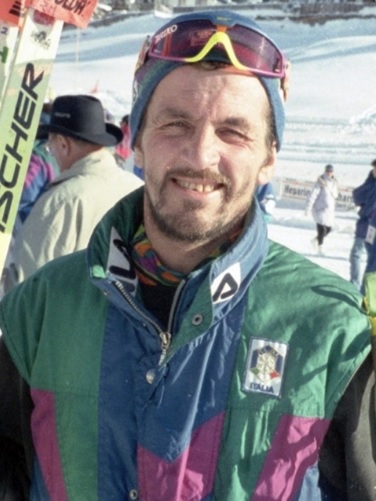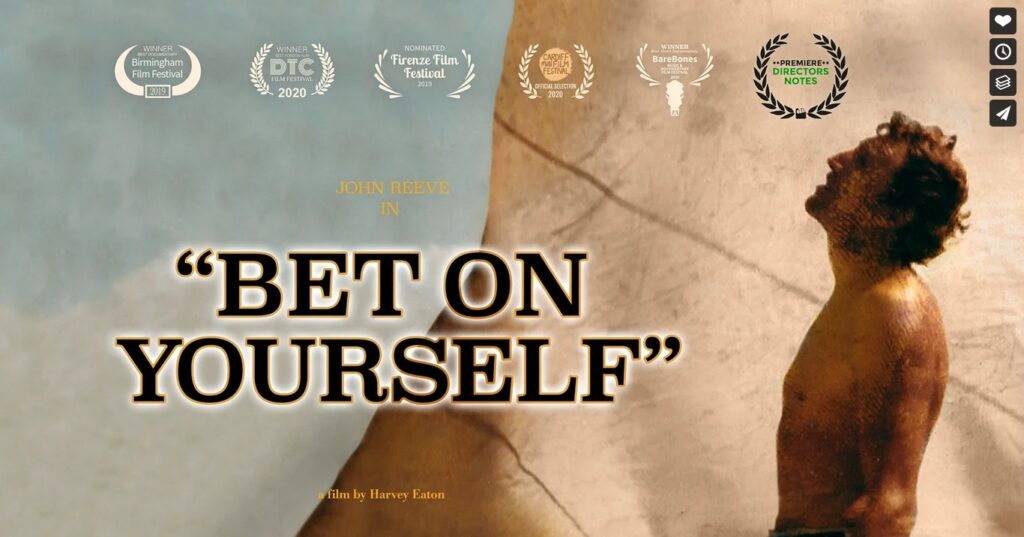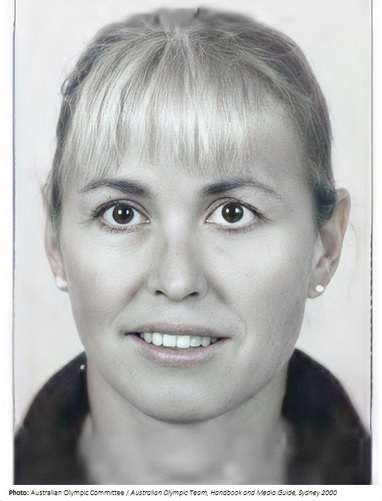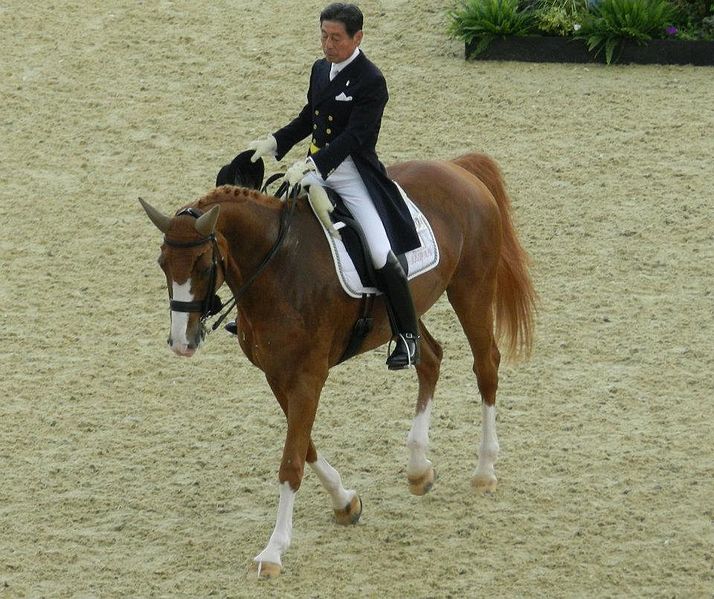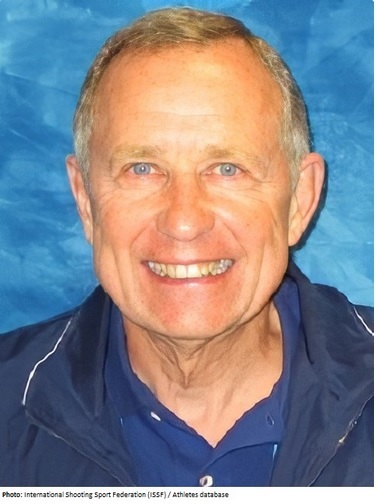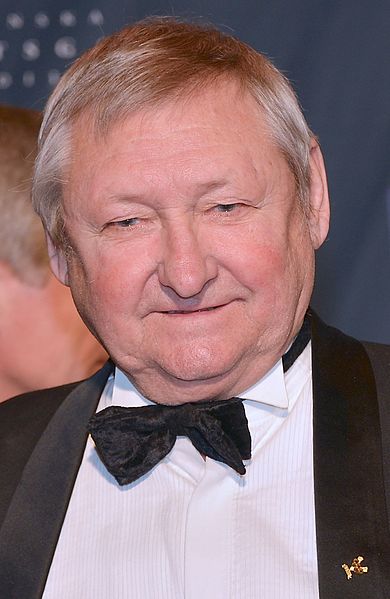Today on Oldest Olympians, we are presenting part two of our series on Austrian missing links. Last week we looked at cemetery records for individuals who may have competed at the 1936 and 1948 Games, but for whom the connection between the record and the Olympian was not certain. Today, we are going to complete the discussion by looking into potential links from 1928 and earlier.
Grete Kubitschek – Member of Austria’s figure skating delegation to the 1928 St. Moritz Olympics
Grete Kubitschek, born in 1903, represented Austria in the women’s singles figure skating event at the 1928 St. Moritz Games, where she placed 17th among 20 participants. She had been third at that year’s Austrian national championships and went on to place fifth at the 1929 World Championships. As to the rest of her life, we are a little unclear – she may have been the daughter of a well-known historian Wilhelm Kubitschek, as he was known to have a daughter named Grete born in the first decade of the 1900s. Either way, we have been unable to confirm that a cemetery record for a Margarete Kubitschek, born July 13, 1903 and died January 7, 2001, is the Olympian.
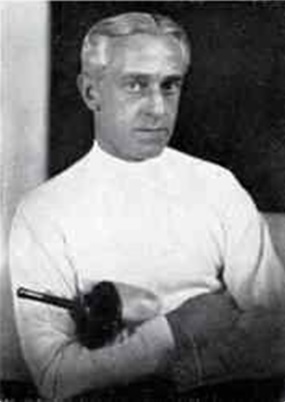
Richard Brünner – Member of Austria’s fencing delegations to the 1924 and 1928 Summer Olympics
Richard Brünner, born in 1889, represented Austria in three foil fencing events across two editions of the Games, reaching the quarterfinals of the team competitions in 1924 and 1928 and being eliminated in the first round individually in the latter year. He won silver and bronze in the team event in 1933 and 1931 respectively, and was a five-time foil and sabre national champion between 1920 and 1927. Cemetery records list a Richard Brünner born November 18, 1888 as having died November 25, 1962, but these unfortunately offer no further clue as to whether they are for the Olympian.
Hugo Philipp – Member of Austria’s fencing delegation to the 1924 Paris Olympics
Hugo Philipp, born in 1884, represented Austria in the team foil fencing event alongside Brünner at the 1924 Paris Games. We know nothing else aside from this, as he has a common name and does not appear to have had any other major international fencing results. As such, we cannot connect the cemetery record for a Hugo Philipp who died at the age of 86 and was buried on November 27, 1970, to the Olympian.
Toni Eichholzer – Member of Austria’s boxing delegation to the 1924 Paris Olympics
Toni Eichholzer, born August 5, 1903, represented Austria in the lightweight boxing tournament at the 1924 Paris Games and was eliminated in his first bout against Haakon Hansen of Denmark. It does not appear that Eichholzer ever turned professional, but he did take up coaching and training later in life. A record exists of an Anton Eichholzer having died at the age of 58 on March 19, 1961, which would make him one year older than the Olympian would have been.
Fritz Weinzinger – Member of Austria’s track and field athletics delegation to the 1912 Stockholm Games
Fritz Weinzinger, born July 14, 1890, represented Austria in the 100 metres and the 4×100 metres relay at the 1912 Stockholm Games, but he was eliminated in the first round of both. He was also entered into the 200 metres and the high jump, but did not start. He had set national records in these events at the end of the 1900s, but we could find nothing else about his life after the Games. A Friedrich Weinzinger who died May 22, 1963 at the age of 73 is a possible candidate, although this individual would have been one year older than the Olympian.
Those are all of the Austrian missing links that we are aware of, so next week we will be looking into a new topic and we hope that you will join us!

